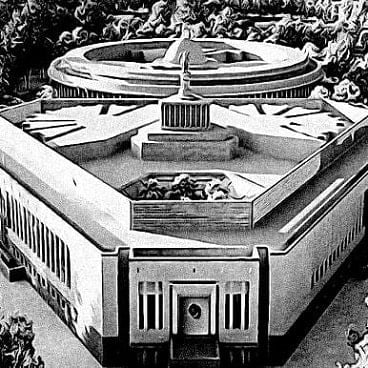Today, there are a plethora of online education websites available on the internet which seem to be complete in their way, but are still unable to fully satisfy the students or competitive exams aspirants.
Vijayam is not just another educational website. At this website, we try to provide brief and deep knowledge about the subject, which is helpful to students or competitive exams aspirants.
The official name of India is the Republic of India. It is a country of the Asia Continent. It is situated on the western fringe of the Indian Ocean. It lies midway between South East Asia and South West Asia. India is the second-most populated country in the world and also the seventh- largest country by land in the world, with a total area of 3,287,263 sq. km.
At present, according to the United Nations, the number of total countries is 195. Of this, 193 countries are members of the United Nations and 2 countries are non-member observer states (the Holy See and the State of Palestine). Here, we are discussing the twenty-five less-populated countries in terms of population.
At present, according to the United Nations, the number of total countries is 195. Of this, 193 countries are members of the United Nations and 2 countries are non-member observer states (the Holy See and the State of Palestine). Here, we are discussing the twenty-five most populated countries in terms of population.
The total surface area of Earth is about 510,072,000 square kilometres. Of this, 70.8% of the Earth's surface is covered with water, mostly by oceans, seas, gulfs, and other water bodies. Hence, the total water area is 361,132,000 square kilometres. The remaining 29.2% of the Earth's surface is land consisting of continents and islands.
Like any other written constitution, the Constitution of India also provides for its amendment in order to adjust itself to the changing conditions and needs. However, the procedure laid down for its amendment is neither as difficult as in the USA nor as easy as in Britain. In other words, the Constitution of India is neither flexible nor rigid but a synthesis of both.
Though the rights and duties of citizens are correlative and inseparable, the original Constitution, enforced on January 26th, 1950, did not mention anything about the duties of citizens. The framers of the Constitution expected that the citizens of free India would perform their duties willingly. But things did not go as expected. Therefore, ten fundamental duties were added in Part-IV A of the Constitution under Article 51-A in the year 1976 through the 42nd Constitutional Amendment. In 2002, one more fundamental duty was added.
In the Preamble of the Indian Constitution, India is described as a "sovereign socialist secular democratic republic". Accordingly, the Constitution has extensive provisions to ensure the social and economic welfare of the people of India. In this regard, two specific provisions have been made, one in the form of Fundamental Rights and the other as Directive Principles of State Policy.
The Constitution may be classified into two kinds, written like the U.S. Constitution or unwritten and based on conventions like the British. Therefore, no code of Fundamental Rights exists in the Constitution of England. This does not mean that in England there is no recognition of those basic fundamental rights of the individual without which democracy becomes meaningless.



